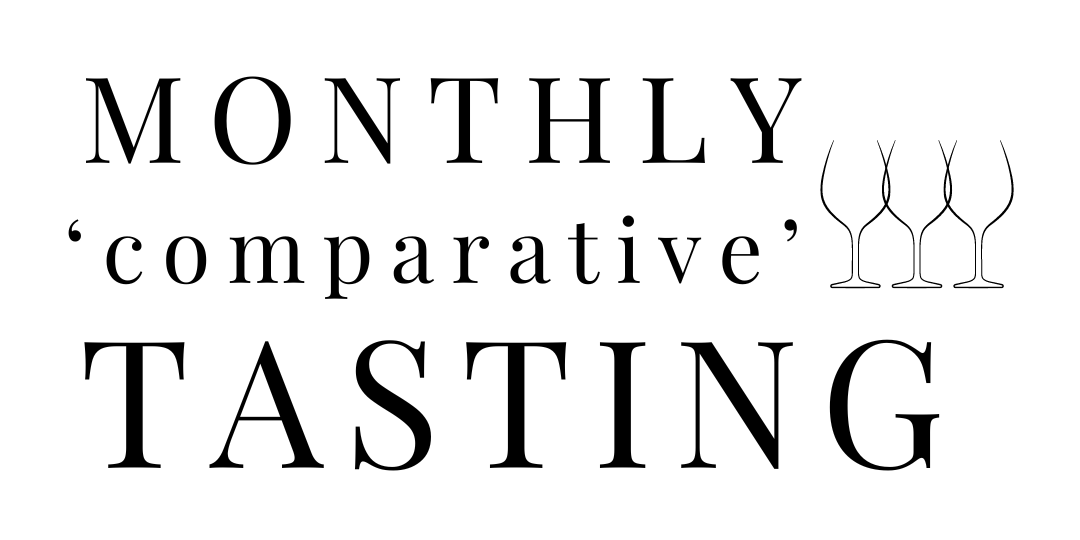

Esters!
Esters!
for the month of APRIL
for the month of APRIL


How this works…
How this works…
1. Grab any or all of the following wines from the list below.
2. Taste along with the video following.
3. Add your thoughts to the comments!
WINE LIST
a white + a rose + a red
1. Albariño (Rias Biaxas)
2. Rosé of Grenache (Rioja)
3. Gamay (Beaujolais Villages) w/Carbonic
a white + a rose + a red
1. Albariño (Rias Biaxas)
2. Rosé of Grenache (Rioja)
3. Gamay (Beaujolais Villages) w/Carbonic
Some information on Esters
Some information on Esters
For starters, these compounds lead to VERY pleasing FRUITY and floral notes
(apple, banana, citrus, pineapple, strawberry, raspberry, blossoms …the list goes on and on and depends on the type of Ester and there are many!)
How they form
These compounds are unique because (unlike other compounds) they aren’t found in the grape, but created during fermentation! …and they are created as a reaction between different acids and alcohols!
Esters degrade over the course of a year and are most intense in freshly fermented wines. You are more likely to notice them in youthful wines.
Examples
Here are a few PLEASING examples that are most common:
Isoamyl Acetate (isoamyl alcohol + acetic acid) the banana/pear drop one which you’ll find in a lot of carbonic wines like Beaujolais
Isobutyl Acetate (isobutyl alcohol + acetic acid) the apple + honeysuckle one which you’ll find in a lot of youthful whites like Pinot Grigio or Riesling
Octyl Acetate (octyl alcohol + acetic acid) the citrus and citrus blossom one which you’ll find in youthful whites like Sauvignon Blanc and Albariño
ALSO Excessive amounts of certain esters can negatively impact the quality of wine… for example:
Ethyl Acetate (acetic acid + ethanol) In small amounts this smells like ripe red fruit and red flowers. In high concentrations it leads to nail polish remover and vinegar notes (VA…which can be a fault)
Concentrations are impacted by…
TYPE OF YEAST
- Neutral Yeasts – produce lower quantities
- Aromatic Yeasts – produce higher quantities
FERMENTATION TEMPERATURE
- Warm may produce more, cool may retain more
- Warm is known to give more floral esters, cool is known to give more fruity esters
CARBONIC FERMENTATION
Also…
Certain esters that are grouped together can create a different aroma from what they smell like on their own
Download and print the free Flavors, Flaws, and Faults PDF below to learn more about this compound!



0 Comments